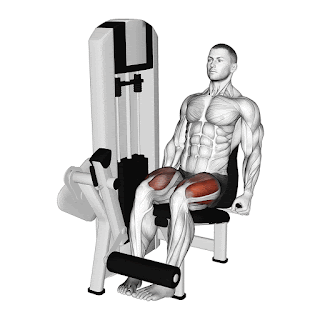Holt (who is 29) ran his fastest 1500m race at the New York City Grand Prix on 8-9 June, finishing 2nd behind Jake Whitman, the 2022 world champion.
He was interviewed after the race and unlike many other runners he had no sponsorship, calling himself an amateur. He pays for his own running gear and physiotherapy sessions. That interview led to an article about him in the Washington Post. He worked 13 hour shifts in a psych ward to make ends meet, where he prevents patients from harming themselves. The running team he trains with found him when he posted his extremely hard workouts on Strava between 11 pm and midnight.
Besides living with his parents (which he was feeling embarrased about), his girlfriend also pays for their meals when they do go out. He dreams to be a professional runner and promises to return the favor if he gets sponsored. He wants to prove to sponsors that he is hard working and talented, and that he's not some schmuck (foolish).
He ends the interview by saying that he's gambling and betting his life, sacrificing everything to be a pro one day.
I thought that was really inspiring since I ran cross-country and track and field in seconday school and can identify with Holt. However, there were other running fans who saw the same interview but had a much different view.
You can watch a profanity laced video of another track fan berating Holt for his 'sob' story. He thinks Holt should quit running and get another job. He even criticized people like me who would encourage athletes like Holt.
If you watched the critique video, please share your reaction in the comments. There is no right or wrong answer, I am just curious to hear your views.
Today is the last day of the trials. Sadly, Holt did not qualify for both the 800m or the 1500m, but at least he got Puma as a shoe sponsor now.
Thank you for reading and thanks in advance if you share your thoughts in the comments.
















